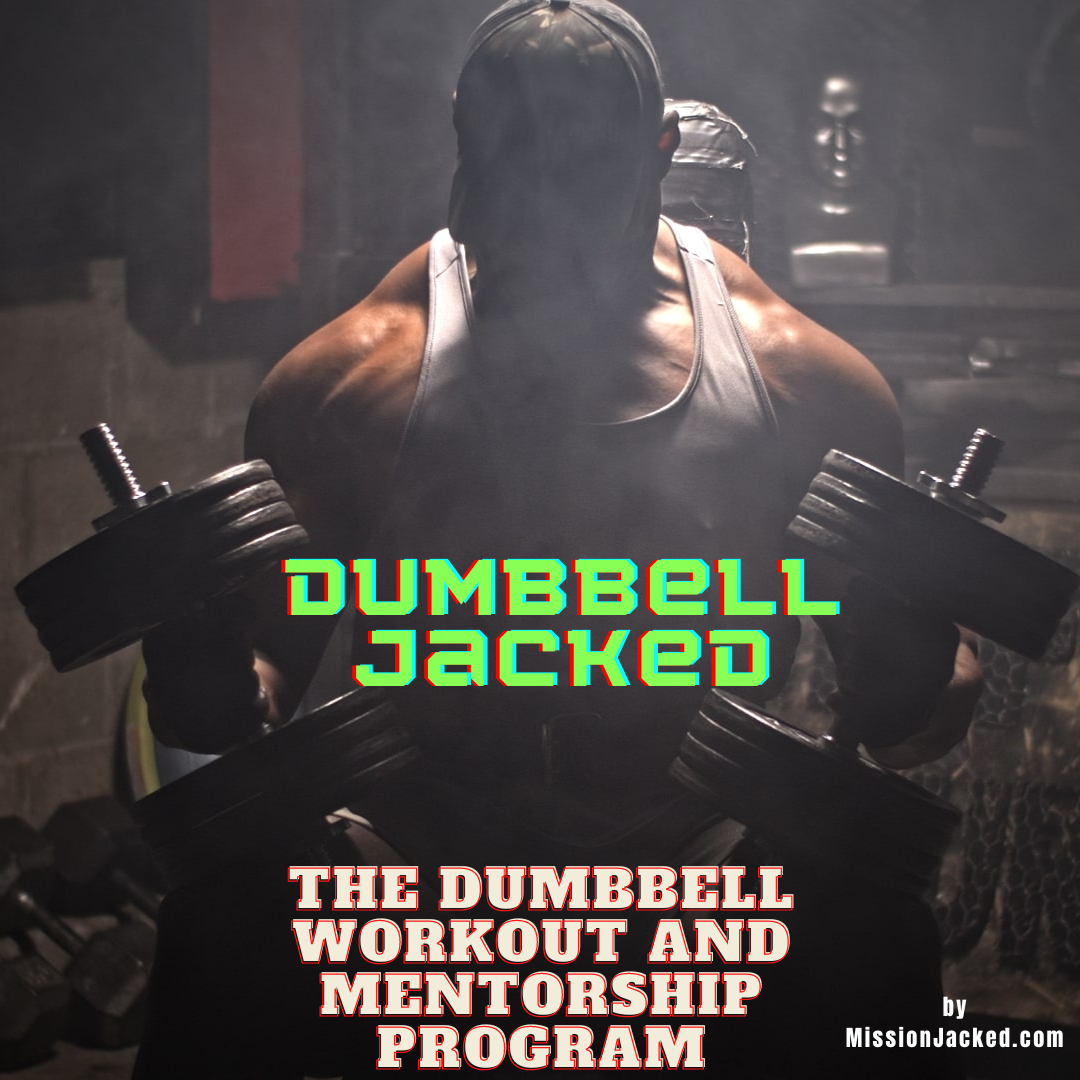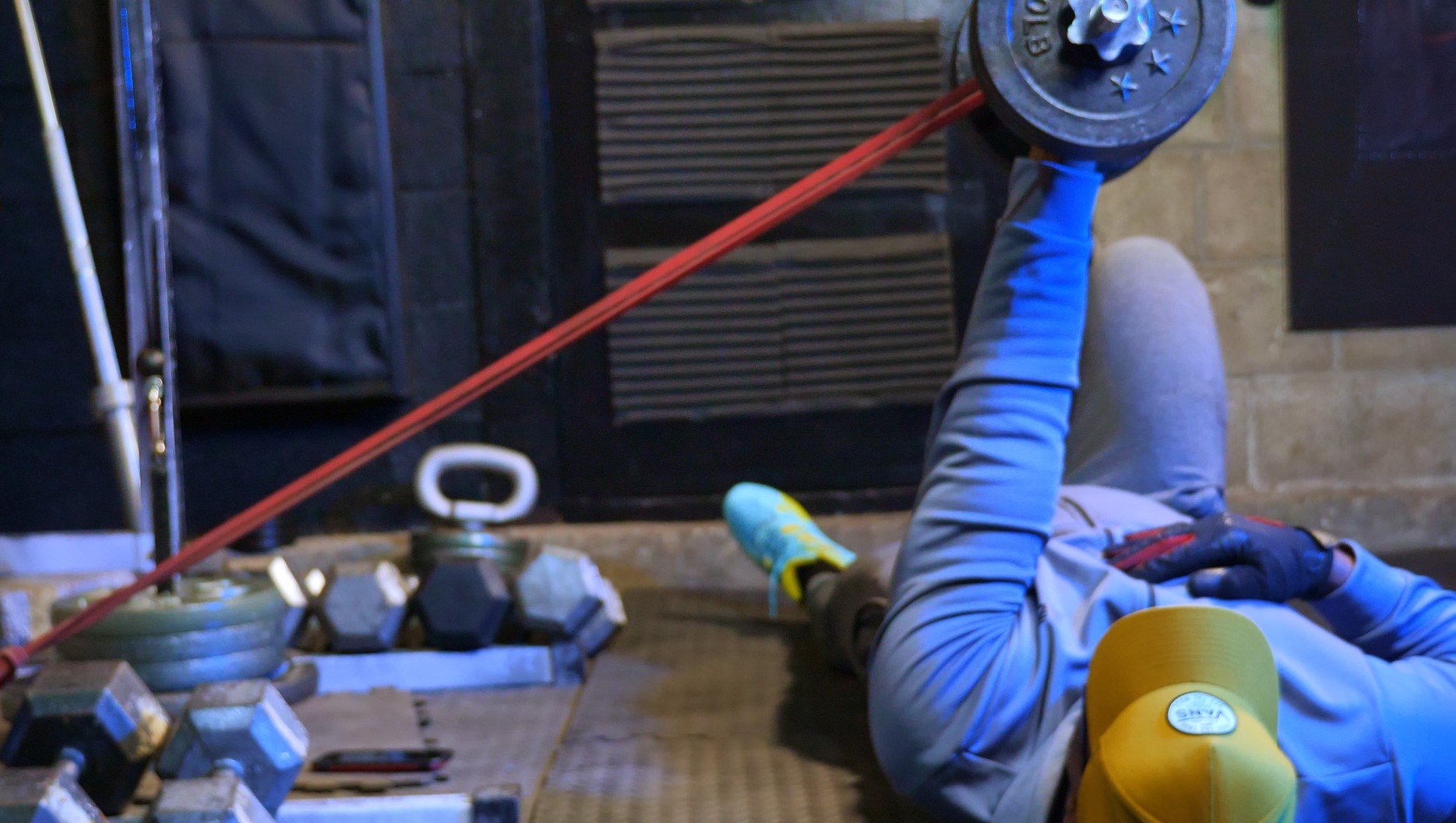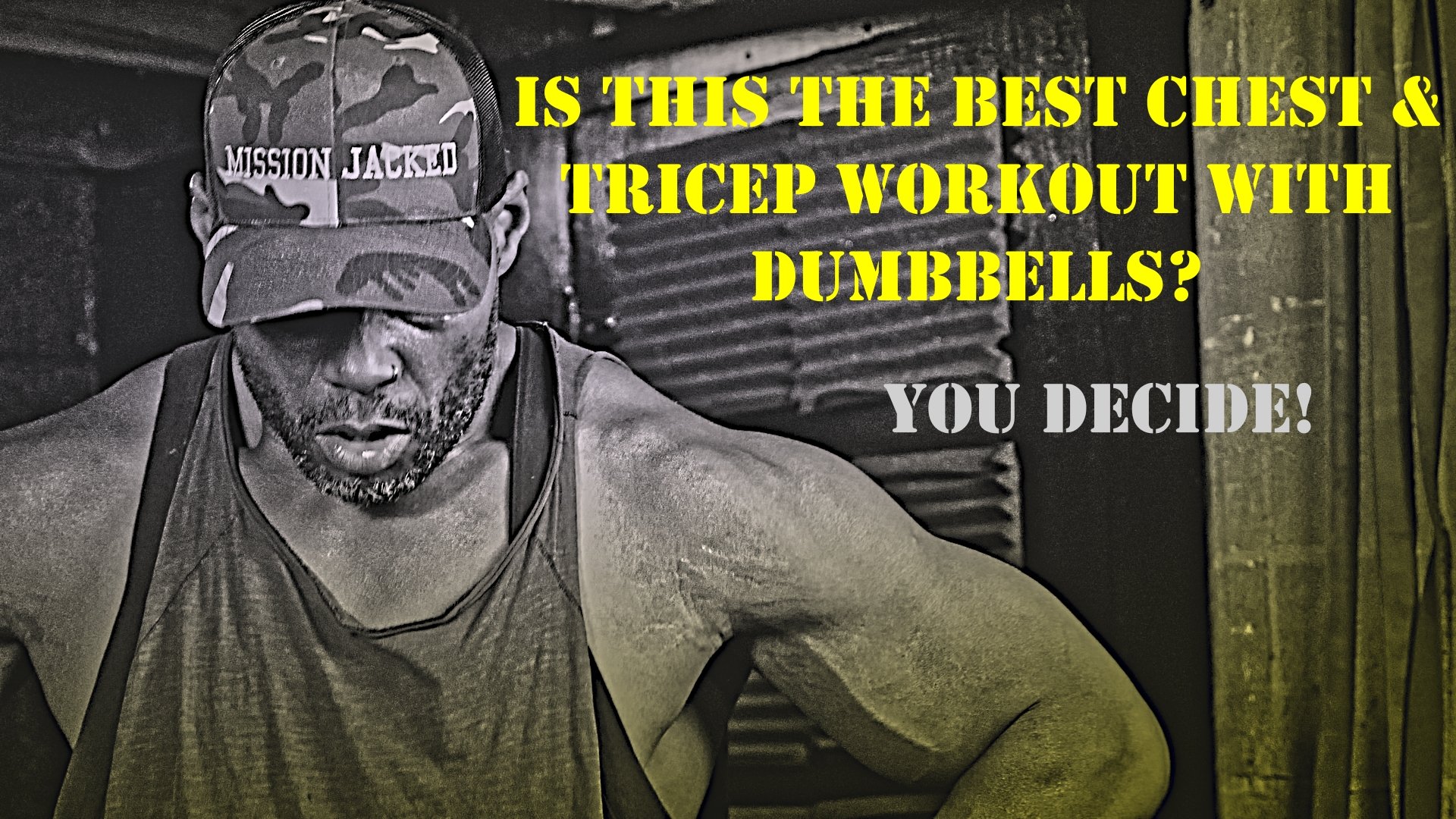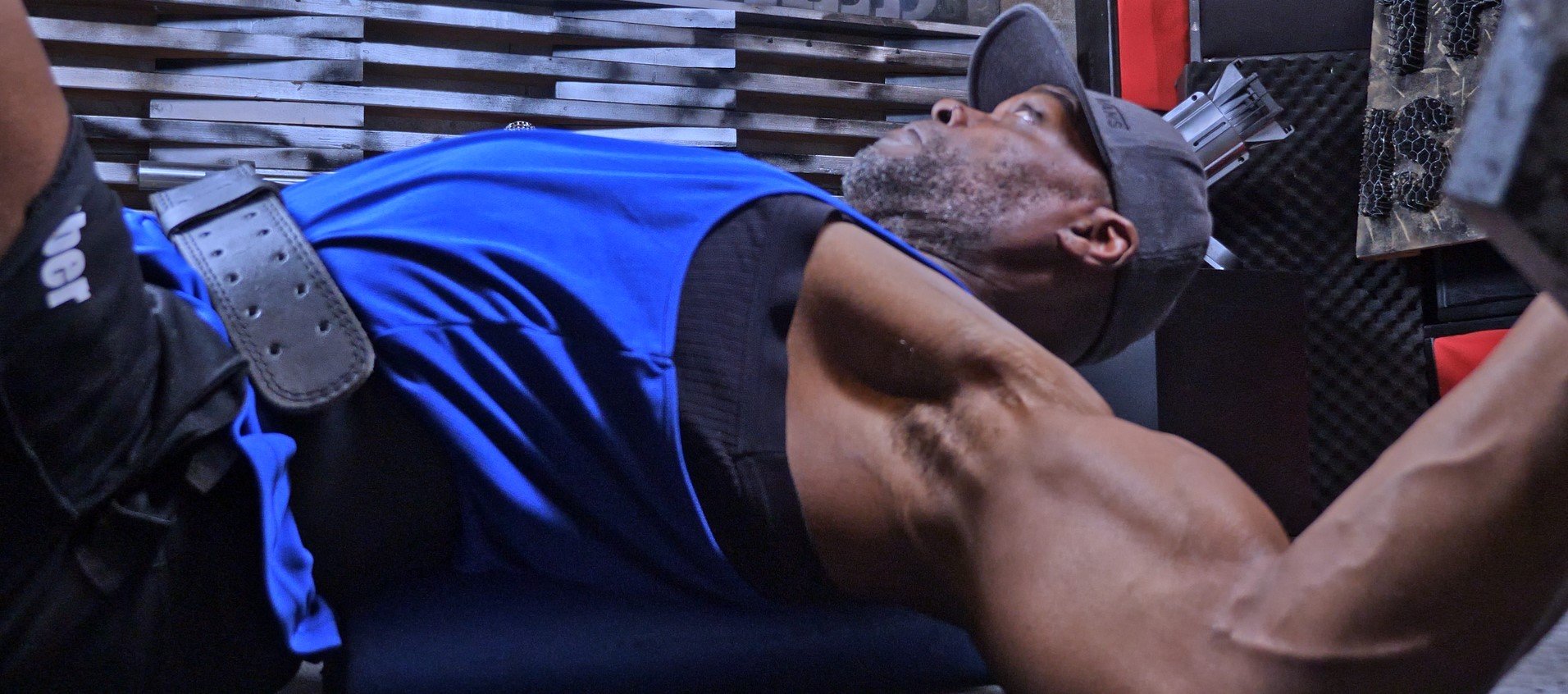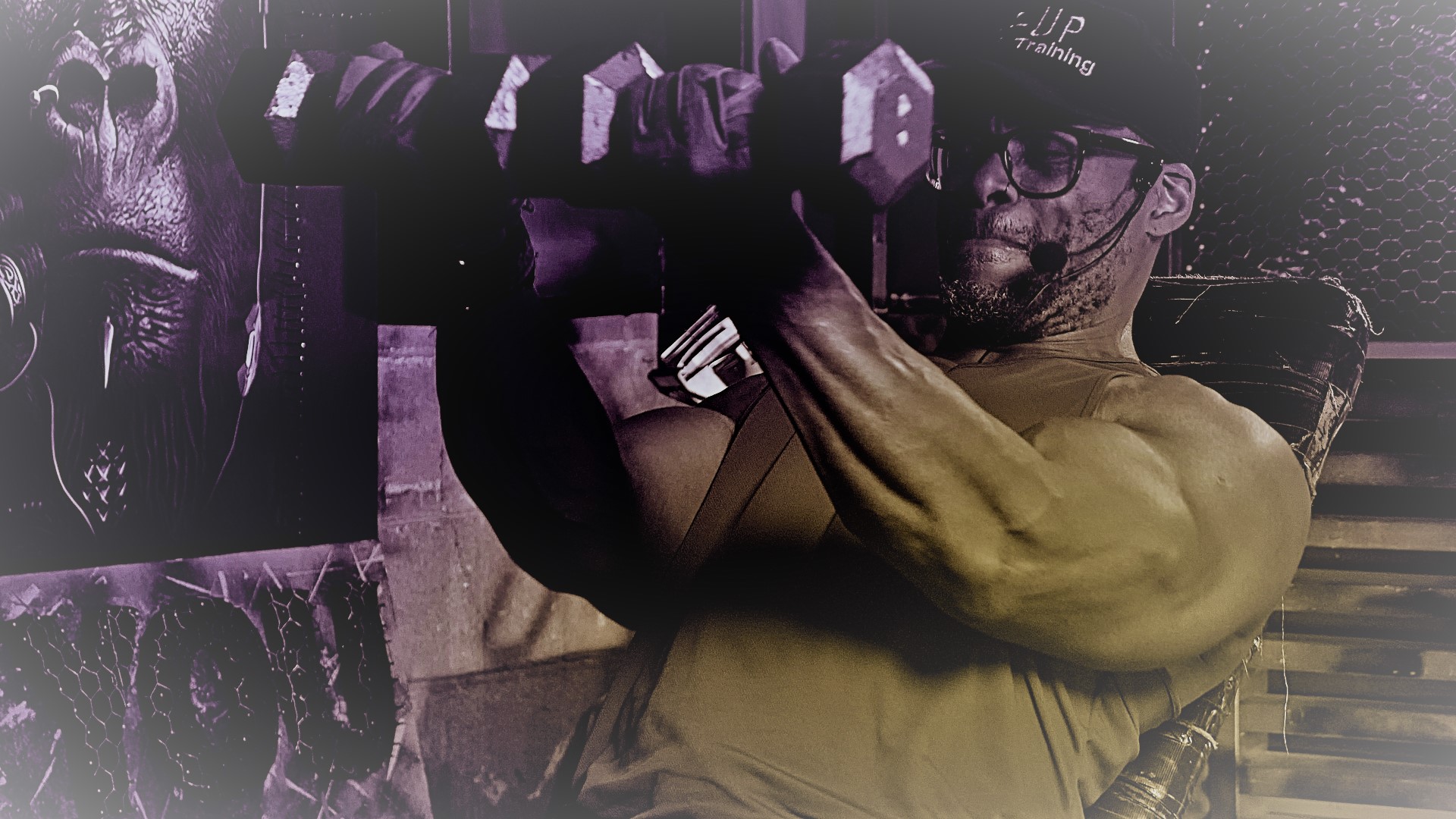Mission Jacked.com
Up
Your Dumbbell Chest Workout To Stimulating Growth
How was your last dumbbell chest workout?
Are you still building muscle with your current dumbbell chest exercises, or has your gains ground to a halt?
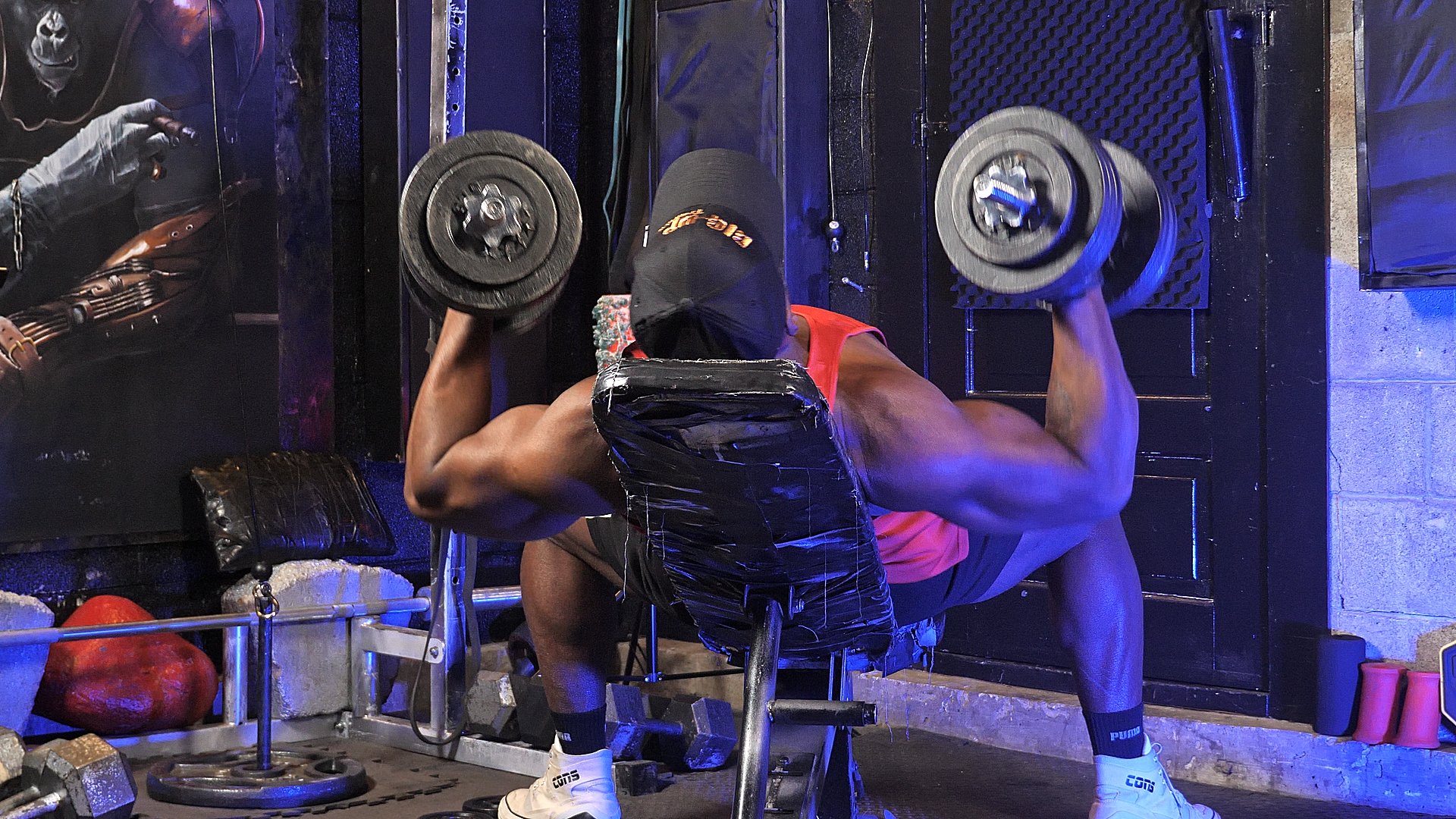 There are three very important tips when it comes to training chest. Just by you implementing these pointers, you can initiate a bigger stimulus on your Chest and potentially more growth. These tips work for dumbbells, barbells and machines.
There are three very important tips when it comes to training chest. Just by you implementing these pointers, you can initiate a bigger stimulus on your Chest and potentially more growth. These tips work for dumbbells, barbells and machines.Table Of Contents
* Anti-Fly Single Arm Dumbbell Floor Press
The 3 Best 25 lb Dumbbells On The Market
dumbbell push press
dumbbell sumo deadlift
If your Pecs has stopped responding to your current dumbbell chest workout, it's not time to down tools and call it quits. Instead, it's time to think outside the box to jump-start growth.
Often this can mean adding advanced intensity techniques into your training routine such as drop sets, in-set supersets, and forced reps. Other times, what's needed is a complete exercise and training protocol overhaul to get things moving in the right direction.
I’m Psymon H., workout motivator. In my 39+ years of smashing iron, with more than 15+ years devoted to training at home with mainly dumbbells, I've learned that when it comes to putting together a dumbbell chest workout for muscle growth, a creative approach, good form and a workable training protocol is essential.
Being caught in the net of using the same exercises and training protocol on every workout session, it took me a while to understand how to up my Chest game.
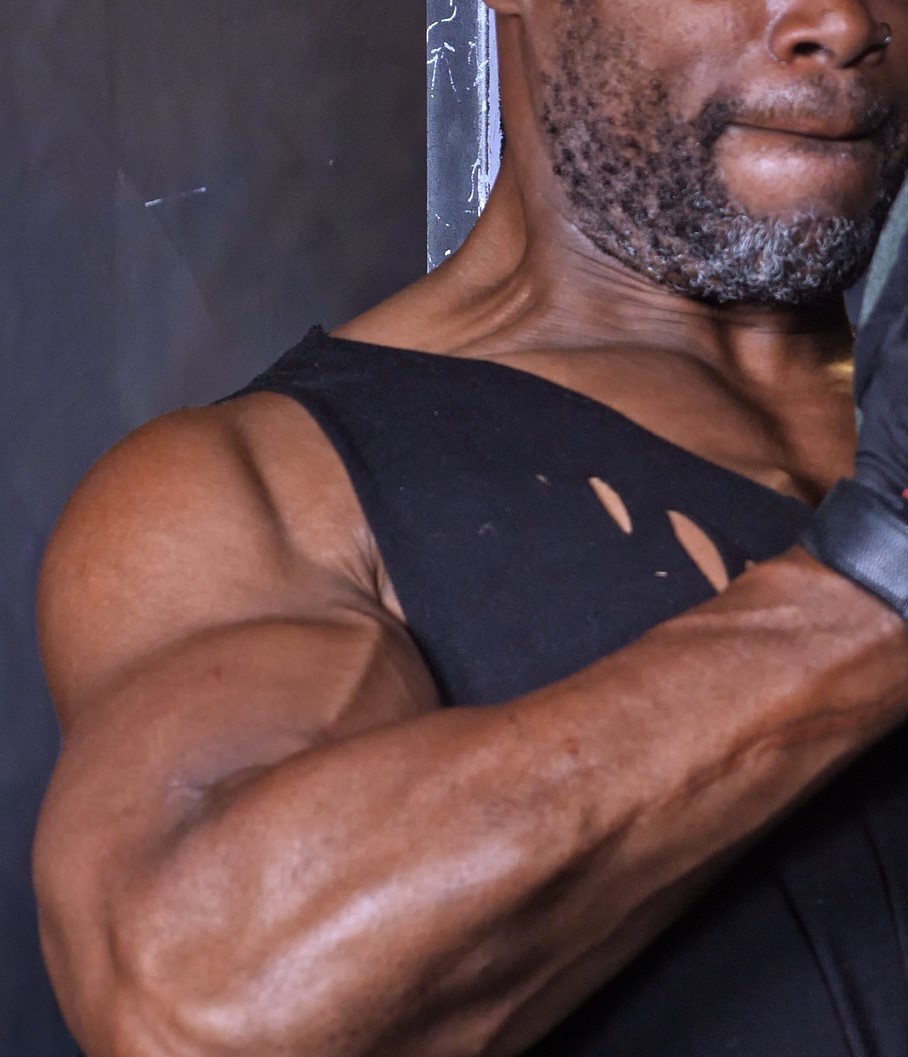 Always keep your core stable and locked in place. By doing this you prevent movement at the spine which can change the plane and angle you are working in.
Always keep your core stable and locked in place. By doing this you prevent movement at the spine which can change the plane and angle you are working in.In this dumbbell chest workout article, I will share three diverse and rather distinct exercise movements that you may not have tried before. These exercises aren't your traditional flat/incline press or fly but more of a variation of those movements. With each exercise, I'll also give you the relevant cues to get you up and running in double quick time
At the end of this article, I'll show you how to implement these movements into your workout, and I'll also give you a really great training protocol you can implement on not only these Chest exercises, but something you can use on Quads, Hamstrings, Rear Delts, Biceps and any other muscle group to stimulate new growth and maximize performance.
But first, I’m going to start off by giving you three very important tips when it comes to getting the best from your dumbbell Chest workout. Just by you implementing these three pointers, you can initiate a bigger stimulus on your Chest and potentially more growth. These tips work for dumbbells, barbells and machines.
Tip One: Always keep your core stable and locked in place. By doing this you prevent movement at the spine which can change the plane and angle you are working in. To do this, first you need to extend at the Thoracic spine and not at the Lumbar spine by tensing your core and bringing your chin to your Chest so you are looking down your torso.
Tip Two: Learn how to create distance from the top of your Sternum to the insertion point of your Pectoral muscle. The greater the distance created at the beginning of the movement, the greater the opportunity there is for the Chest muscle to create mechanical tension. So in the case of being at the bottom of a Dumbbell press, you would start by moving the dumbbells away from the Chest, so they’re set at a right angle to the Chest muscle instead of the dumbbells being almost tucked in underneath the chest.
At the top of the movement you want to concentrate on bringing the origin and insertion points of the Chest muscles together. To do this at the top of a press or fly, you would bring the inside part of your arms (near the armpit) as close to the side of your chest as possible and squeeze.
Tip Three: Lock your Shoulders into place by retracting your Scapula. This will get the Chest to do more of the work. In a Dumbbell Press, you would pin your shoulder blades into the bench and tense through your mid and lower Traps to initiate the first part of the movement. Only when you are near the top of the movement, you would follow through with your Shoulders to finish off the movement.
Dumbbell Chest Workout Exercise 1:
The Anti-Fly Single Arm
Dumbbell Floor Press
This two-for-one exercise should be taken seriously and added to your dumbbell chest workout when you want to give the flat dumbbell press a break. I call it a two-for-one movement because while you are actively pressing a dumbbell, you are also trying to battle the tension from a resistance band while attempting to bring the dumbbell to the centerline of your body as if you were completing a fly.
Target Muscle Group: Chest
Items Needed: Light to medium resistance band, upright anchor, and one dumbbell.
Cue 1: Attach a light to medium band to the bottom of an upright anchor and place a dumbbell nearby.
Cue 2: Lay across from the band, so it's level with your upper Chest. To pick up both the band and dumbbell safely, roll in towards them and use your non-working arm to get them in place. For safety reasons, have the band in the palm of your hand instead of having the band wrapped around the handle of the dumbbell.
Cue 3: Take a palm facing in grip and shuffle out until you feel a little tension in the band.
Cue 4: Start by pressing the dumbbell up while trying to pull the band across the centerline of your Chest.
Cue 5: Slowly lower the dumbbell to the start position and repeat.
Dumbbell Clean and Press Your Way To A Stronger and Fitter Physique!
Dumbbell Chest Workout Exercise 2:
The Roller Fly
Say what you want about this unusual exercise, but get the cues right, and your Chest will thank you later. The significant difference between doing your fly on a flat bench and performing them on a roller is potentially how much more of the Chest you can activate and how much Shoulder stability is needed to fly through the movement.
Target Muscle Group: Upper and Lower Chest
Items Needed: Medium to long foam Roller and a pair of dumbbells.
Cue 1: Place foam roller on the floor, grab the dumbbells and lay back on the foam roller, so it starts at the base of your spine and runs up the center of your Back.
Cue 2: Start as if you were doing a routine fly with arms straight and dumbbells together. Before lowering the dumbbell, retract your Shoulders.
Cue 3: While still squeezing your Shoulder Blades, lower the dumbbells until your Elbows touch the ground. On the way back to the top of the movement, practice focusing on your Back muscles bringing the dumbbells together.
Cue 4: Make sure to always retract your Shoulders at the start of every repetition. Repeat for the desired amount of repetitions.
Choosing Urethane and Rubber Dumbbells For Your Home Gym
Home Dumbbell Chest Workout Exercise 3:
The Seated Dumbbell Fly
This one will get the blood pumping and leave those Pecs for dead. Seen as a great finishing move to any decent advanced dumbbell chest workout, the Seated Dumbbell Fly really taps into those upper Chest fibers the more you fight the gravity and squeeze the bells together at the top of the movement.
Muscle Group: Upper Chest
Items Needed: Flat bench and a pair of dumbbells.
Cue 1: Sit in an upright position on the edge of a flat bench with dumbbells in hand in a palms forward position, about 12 inches from each Hip.
Cue 2: With straight arms, bring the dumbbells up to the lower Chest before bringing the two closest knuckles of each bell together.
Cue 3: While squeezing the dumbbell knuckles together, raise arms, so dumbbells are at upper Chest height. Briefly hold this top position before returning to the start of the movement; repeat for the desired amount of repetitions.
* We have more exercises you can add to your dumbbell Chest workout.
*Can you do a dumbbell Chest workout no bench and still build muscle? In the Mission Jacked world of developing physiques with minimal equipment, anything is possible.
* This is arguably the best chest and tricep workout with dumbbells (Part One) if you’re planning on building muscle at home.
How do I fit these exercises into a meaningful
dumbbell
Chest workout?
Good question; a lot will depend on your training split. If you perform 3 full-body workouts per week, you could choose a different movement for each workout session. If you do an upper body lower body or a push/pull split, you could implement all three movements in one session or split them into two workouts. You can click for more dumbbell Chest exercises.
A Training Protocol You Can use On Your Next
Dumbbell Chest Workout
Of course you could just perform any amount of reps and stop only when you’re tired, but in order to build muscle, you want to add measurable structure to your workouts, based on your performance. In this dumbbell Chest workout, I’m going to introduce you to the auto regulation protocol. You can use this same practice no matter if you’re training Chest, Quads or Hamstrings.
This system uses Reps in Reserve (or RIR) as a tool to measure the intensity of effort. If you're new to reps in reserve, don't worry, you'll soon get the hang of this convenient way of tracking workout intensity and measuring how hard a set feels and how many more reps you could have achieved to failure.
Don't mistake the reps in reserve for thinking that the closer you train to absolute failure, the more muscle you'll grow…This is an opportunity to get smart about how you train your Chest and manage fatigue over a training cycle. Using reps in reserve and good form has been a few of the many reasons why after nearly 40 years lifting iron, I haven't been plagued with training-related injuries.
You're going to practice basing your dumbbell Chest workout on how many reps are left in reserve for every working set so that while you measure the intensity of effort, you're still able to manage fatigue over a four week training cycle. This will be done by having a "Reps in Reserve Target" for each and every workout.
If you've used reps in reserve before, one of the most significant issues you may have found was coming to grips with how to implement them, mainly if you're used to just focusing on a set number of repetitions per set.
The idea of reps in reserve is easy to understand on paper; for example, you know "2 Reps in reserve" means you leave 2 reps in the tank. However, in practice, how do you start to pinpoint what 2 repetitions in reverse feels like, primarily if you're not used to assessing your performance this way?
More importantly, how do you use this information to develop a meaningful training experience that encourages long-term progression?
Breakdown What Is Autoregulation Training?
Essentially, what we're covering in this section is a training system that ebbs and flows based on your current level of fatigue.
When you use auto-regulation for your dumbbell Chest workout, your fatigue is being managed on your performance within a given set. This means that sometimes you lift more and sometimes less weight for the same amount of reps per set and reps in reserve, simply because naturally, you'll push yourself when you’re in an optimal state to perform and pull back when you’re not.
Dumbbell Chest Workout Reps per Set and Reps in Reserve Targets:
So you have variables you can control, which will help you develop the skill of rating your performance set by set, you’re going to be given a reps per set and reps in reserve target for each working set you perform. This will help you discover your exertion level during your working sets.
Calling Each Set:
For this example, let’s say we’re going to use 10 repetitions per working set and 2 repetitions in reserve as your intensity benchmark, meaning that after every set of 10 repetitions, you'll aim to leave no more than two reps in the tank.
After the first set of prescribed repetitions has been completed, you'll assess your performance with the specified 2 reps in reserve in mind. You do this by asking yourself a simple 'yes' or 'no' question after each set: "Am I above or below the Reps in Reserve target?"
If you undershoot your reps in reserve target, for example, you have 3 or more reps in the tank after set one; you will add weight to set two. If you overshoot the reps in reserve target where you have 1 or fewer reps in reserve, you will remove weight for set two. You repeat this same process after each set is completed.
If, after prudent consideration, you assess your performance as the same reps in reserve prescribed, i.e., you're not higher or lower than the 2 reps in reserve, you keep the same load for the following set and ask yourself the same question again after completing the next set.
As the weeks move on, what you thought were two repetitions in reserve on week one may eventually feel more like a three or four reps in reserve by week four.
This way of training will help you continuously assess your performance with a "reps in reserve" benchmark in mind. At first, you may have difficulties rating your reps in reserve as a standalone measurement of performance, but because there's a rep-per-set yardstick given for each workout, you only need to assess whether you're higher or lower than the reps in reserve target.
In the above scenario, it doesn't matter if you're always above or below the reps in reserve benchmark; the key is to measure your dumbbell Chest workout performance set-by-set and be in a position to adjust the weight accordingly.
Choosing The Best Dumbbell Set With Rack 5 50 lb. Combo
If your dumbbell Chest workout needs an upgrade, give these three exercises a good going over in your next training cycle.
The 8 Best Dumbbell Moves For Chest Development
Mission Jacked L.L.C
Address: 9407 NE Vancouver Mall Dr
STE 104 #1269
Vancouver, WA 98662 USA
Email: mission@missionjacked.com
